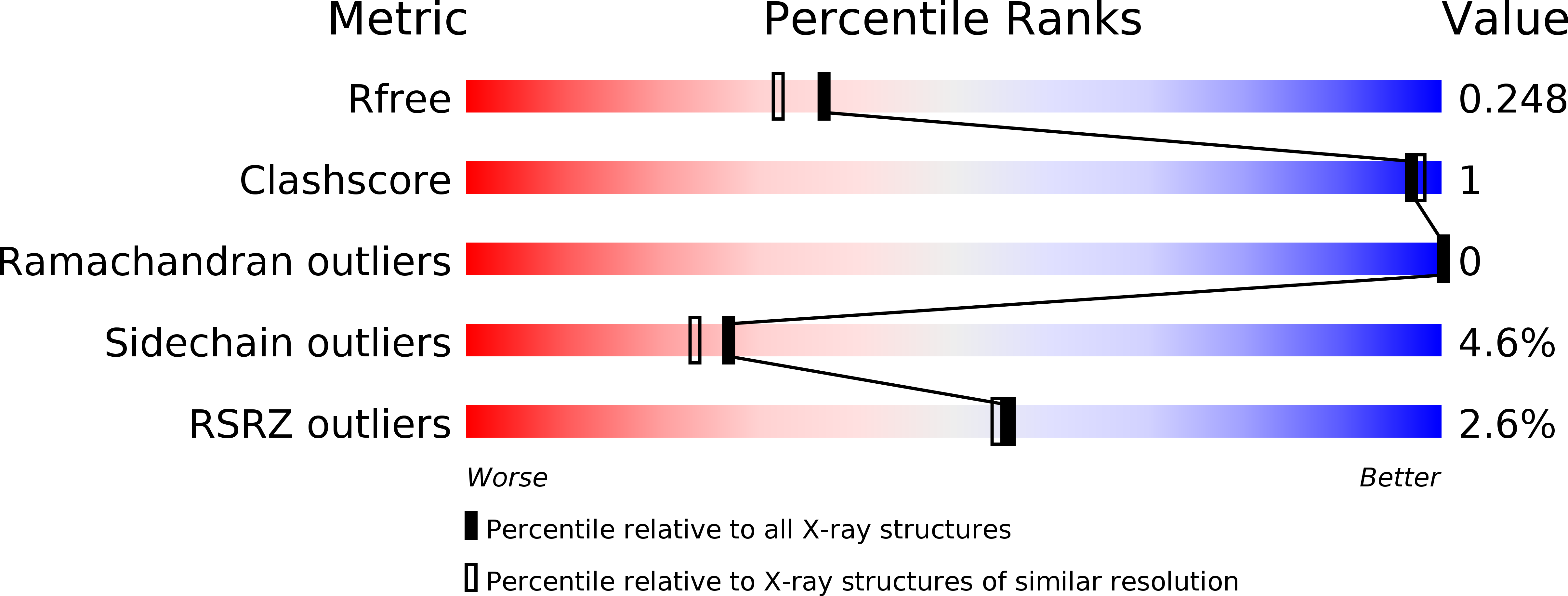
Deposition Date
2009-06-04
Release Date
2010-06-23
Last Version Date
2024-11-06
Entry Detail
PDB ID:
3HPJ
Keywords:
Title:
Human Class I MHC HLA-A2 in complex with the WT-1 (126-134) peptide
Biological Source:
Source Organism:
Homo sapiens (Taxon ID: 9606)
Host Organism:
Method Details:
Experimental Method:
Resolution:
2.00 Å
R-Value Free:
0.23
R-Value Work:
0.18
R-Value Observed:
0.18
Space Group:
P 1 21 1


